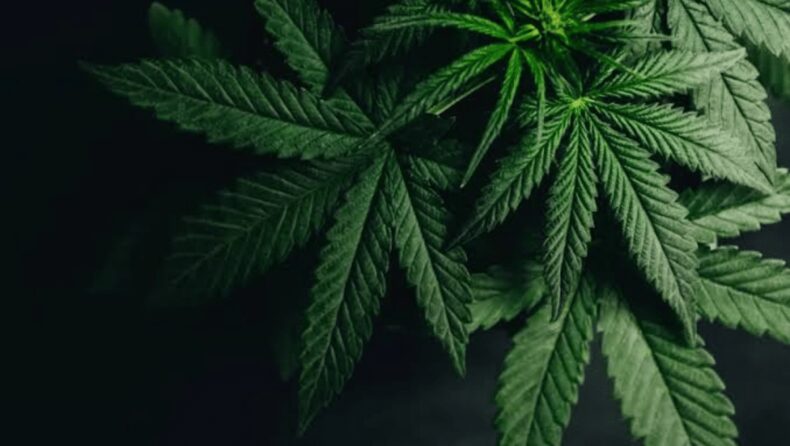Even though it’s against the law, Cannabis can be purchased with relative ease in every major city. Both online and in brick-and-mortar stores, you may buy things like rolling papers and pre-rolled joints to use while lighting up. As a result of criminalisation, underground markets have sprung up.
In India, cannabis has several names and forms. Weed, charas, ganja, marijuana, etc. You probably know teens or adults that smoke or drink this stuff for Holi. In Thandai, drinking bhang is socially accepted. Bollywood celebrities’ cannabis use and possession has caused a stir.
Knowledge about Cannabis
Cannabis Sativa produces the psychoactive substance weed. Marijuana, native to Central and South Asia, is used recreationally, entheogenically, and in traditional treatments. THC is one of 500 known chemical components in cannabis, including 100 cannabinoids.
Cannabidiol is present (CBD). Smoking, vaporising, cooking, and extracting cannabis are all options. Medicinally, it’s used.
India – Is marijuana legal?
Cannabis is governed by India’s Narcotic Drugs and Psychotropic Substances Act, 1985. (weed or marijuana).

Different states have different laws regarding marijuana use, possession, sale, and purchasing. In India, possessing these substances is illegal and can land you in jail.
Different states’ marijuana legality
Cannabis can be utilised for medical, scientific, industrial, and horticultural uses with licence from state governments.

1.Odisha is one Indian state where marijuana is legal, and locals utilise “chillums” to consume it.
2. Uttarakhand legalised commercial hemp farming. Many hilly states are considering regulating hemp and marijuana farming since it uses less water.
3.Assam’s Ganja and Bhang Prohibition Act, 1958, prohibits the sale, possession, purchase, and consumption of ganja and bhang.
4.The Bombay Prohibition Act of 1949 makes it unlawful to create, possess, or use bhang without a licence in Maharashtra.
Marijuana loophole
Bhang is an exception. Legal and socially acceptable. Hindu scriptures and folklore have references to bhang and other cannabis products. According to the Atharva Veda, cannabis is a sacred plant.
Ayurveda uses Bhang as penicillin. Lord Shiva drank bhang, according to Hindu traditions.
Despite being illegal, cannabis is widely available across the country. Rolling papers and pre-made joints are sold online and offline. Violence, corruption, and cartel wealth have led to the growth of illegal markets.
Arresting, fining, criminalising, and forcing a marijuana user into therapy is presumably to protect them from themselves, from the dangers of using marijuana.
Criminalisation causes more harm than marijuana.

Cannabis-based treatment could’ve helped people. Anecdotal evidence shows that cannabis relieves pain, gives cancer patients an appetite, and improves HIV-AIDS patients.
The government has dramatically inflated the hazards of marijuana while alcohol consumption is associated with far more violent and aggressive behaviour.
Marijuana criminalisation prevents the government from controlling production and distribution. Illegal marijuana can’t be checked for purity or strength.
Pesticides, pollutants, moulds, pathogens, and marijuana lacing can’t be avoided. No safety rules exist. No exams
People consume without knowing. If controlled, producers and sellers would obey safety, security, and zoning requirements. Food and chemical regulation benefits everyone.
There have been no marijuana-related deaths.
Marijuana’s impacts
Cannabis alters consciousness. Physical and mental effects. Marijuana smoke releases THC into the bloodstream. It reaches the brain and other organs. THC binds to a brain receptor. THC’s effects on sensory nerve cells generate the marijuana ‘high.’
Intoxicated
High is THC’s cerebral impact. For most, it causes exhilaration, calmness, and happiness. However, smoking pot isn’t always beneficial.
Marijuana’s effects on Brain
THC attaches to nerve cells in the brain, influencing intelligence, memory, coordination, and focus. This can cause problems with memory, forgetting, coordination, thinking, problem solving, and perception.

These short-lived side effects can make driving while high on marijuana dangerous. Rise in hunger and loss in inhibitions might cause lightheadedness or drowsiness.
Marijuana’s emotional impacts
Regular marijuana use can cause anxiety and sadness. Marijuana can worsen schizophrenia and bipolar illness symptoms.
Lung-damaging
Weed smoking inflames the lungs. Regular cannabis smokers may have the same lung problems as cigarette smokers. Frequent marijuana users may develop copious mucous, a chronic cough, and bronchitis.
Addiction
Cannabis is addicting. One in ten regular marijuana users develops a “use disorder.” These people can’t quit consuming marijuana despite its problems. Marijuana users under 18 are more likely to develop this disorder.
Long-time marijuana users who quit may feel withdrawal. They may be irritable, worried, or depressed. They may have loss of appetite and sleeplessness.
Conclusion
India bans marijuana. Bhang is the lone exception. The NDPS Act of 1985 penalises marijuana possession based on quantity.
For a modest amount, you can risk 6 months in prison, a Rs. 10,000 fine, or both. More than a modest quantity but less than commercial quantities can lead to 10 years in prison, a Rs. 1 lakh fine, or both.
Commercial possession can result in 10-20 years in prison, a 1-2 lakh rupee fine, or both. Still it’s spread and used all over country.
Read More: https://tdznkwjt9mxt6p1p8657.cleaver.live/sugar-a-21st-century-drug/













